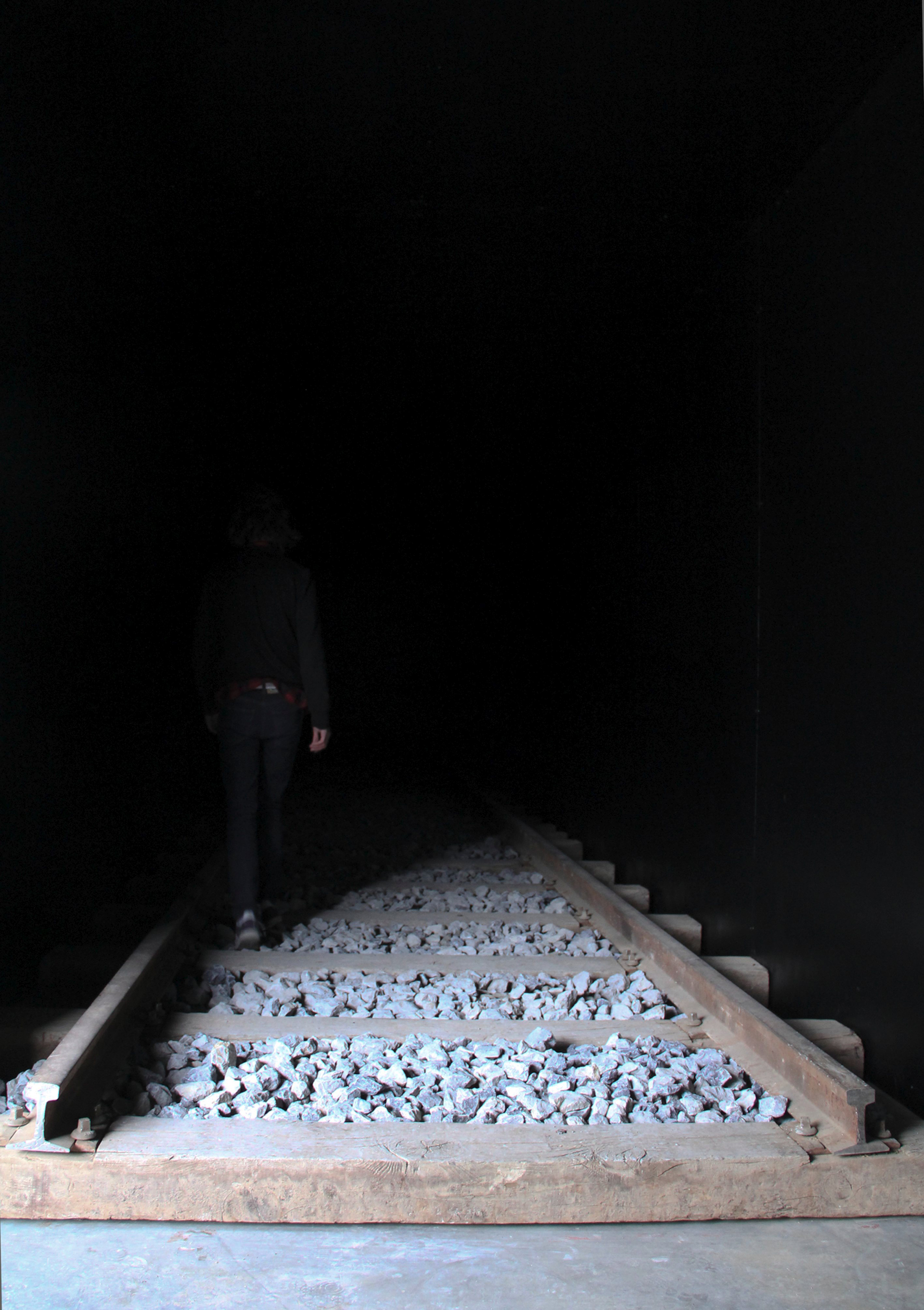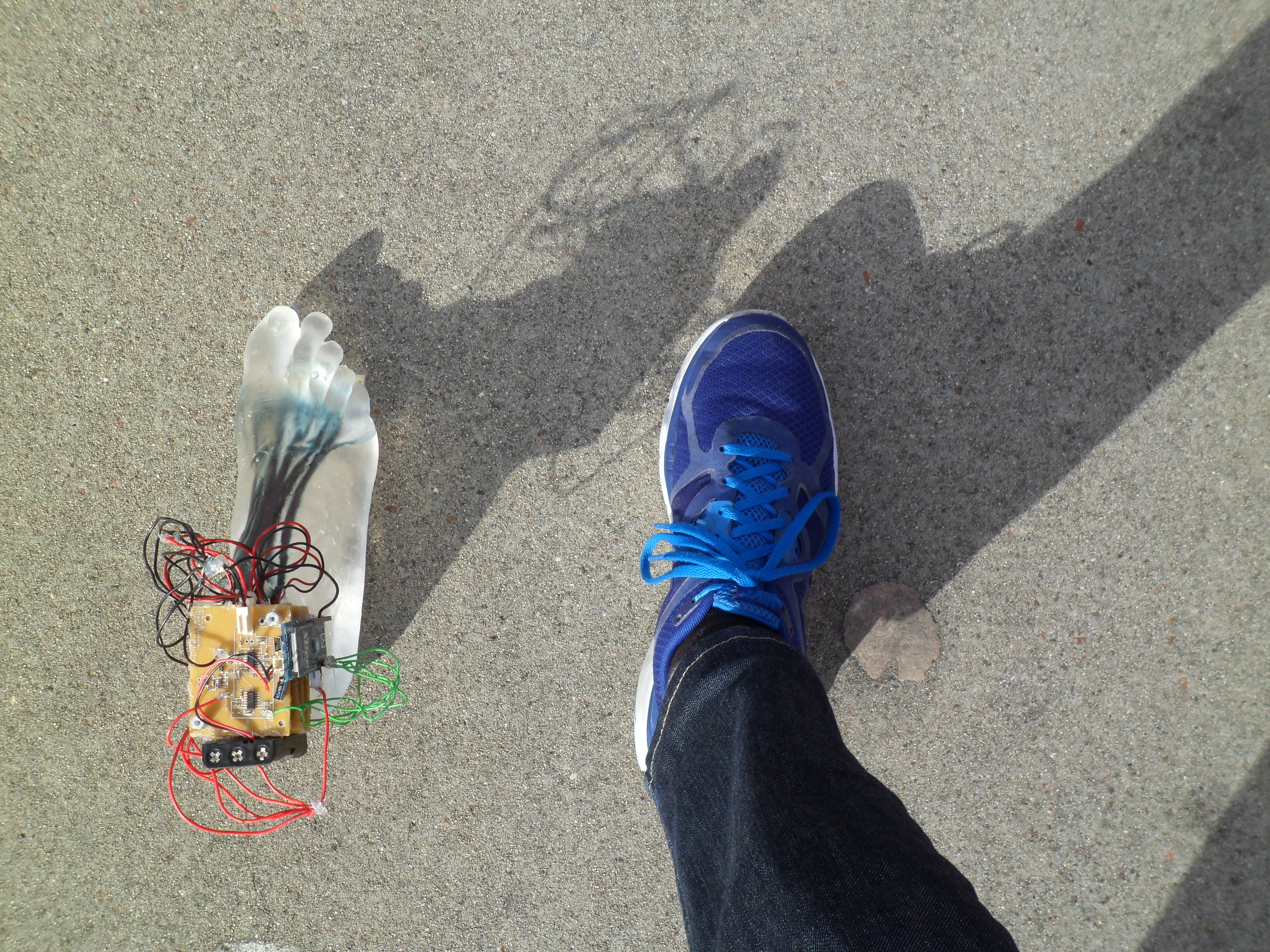urbanInfrasound
Why Urban & Infrasound?
This website is an exploration about the presence of infrasound in our everyday life: the very low frequencies that the human body perceives however the hearing system cannot listen. Choosing infrasound instead of ultrasound to work with in this project is based on its effect all over the human body. It is well documented since the early stages of the Electroacoustics and Automation Laboratories of the Centre of the Recherche Scientifique from Paris. Even considering that the universality of its effects in the human body is under discussion, there is a consensus about the existence of those effects.
My work tries to pay attention to our body sensations, noticing their presence. Most of the times we are not aware of them. Only during moments of extreme and intense emotions we feel how our body is reacting. We are aware that something is happening. Those changes are a continuum. We are permanently evaluating the information of our senses. To not pay attention to that process doesn’t mean that it doesn’t exist. In fact, the subconscious is the part of the mind that is always connected with the body. It detects an input from the external reality, activates the senses, gets some information about the input, evaluates it and generates a body sensation that we like or dislike. I feel that being aware of these physical reactions is important in order to understand the nature of our behaviors.
Technology

The foot, casted in glass, contains a piezoelectric sensor under each toe. Each sensor is connected to a circuit that amplifies the signal and a low pass filter set up at 50 hertz. The sensors are sensitive to frequencies up to 20 hertz. The circuit is based in a device that Doctor Wade D. Peterson created in 2004 to measure the human pulse using a piezoelectric sensor. Once that each signal is filtered and amplified, an Arduino board sends the signals wirelessly through XBee to a computer that archives the data. Those values are used to create a sound file using MaxMsp. As a final step, that sound file is played through a subwoofer preamplifier that sends the signals to an array of transducers attached to the floor, ceiling and walls of the exhibition space. All the sounds are inaudible in the gallery space however they are perceived after some expending some time experiencing the installation.
In addition to this technique to register data, I am using also a Tascam DR-680 field recorder and a NTG-2 Condenser Shotgun Microphone to record the sound with a sample rate of 192000 and filtering the sound file via Max MSP.
Installation
Vibrail is a space in which the visitor will be able to experience the infra-sounds or frequencies issued by different trains in their step by the bridge of the Real Sociedad [iron bridge] of San Sebastian. Such frequencies, perceptible for our body but not for our ears, were registered by an electronic device created by the artist, which was including five sensors of movement connected to integrated circuits specially designed to such an effect. Vibrail, constructed in the former workshop of iron and wood of Arteleku, has been created thanks to the scholarship of artistic creation granted to the artist by Gipuzkoa’s Council.
Vibrail displayed the vibrations generated at the Real Sociedad’s bridge in San Sebastian, Spain. Those frequencies were registered by a device, created for that purpose, shaped as a glass foot, with motion sensors connected to electronic circuits. Once the data were registered, a cubical space similar to a tunnel was built, one side open, with enough room for one single person. The visitor walked over rail tracks that faded with the darkness, experiencing a subtle vibration in his body generated by the tracks. The audience felt the train passing under their feet without watching or listening to it. The experience evoked the journey inside a dark tunnel where the visitor leaves himself goes without knowing what is waiting for him inside. The visitor built his own experience based on how he managed his own relationship with the space and the different information his senses captured during his visit to the installation. Vibrail was an opportunity to spend some time isolated from the external noise, focusing our attention in our inner noise; a piece to move further from the external space looking into our inner nature.







